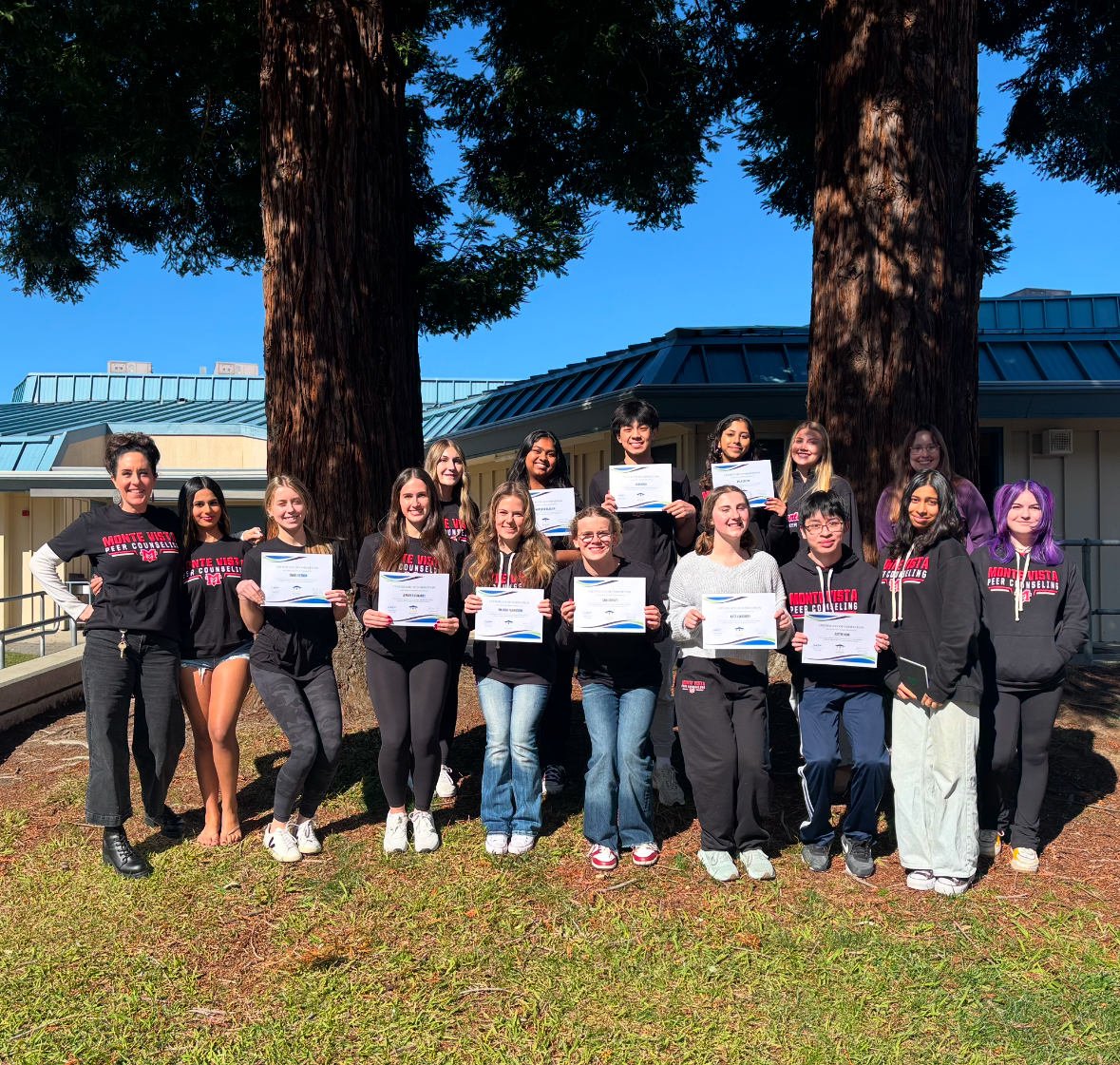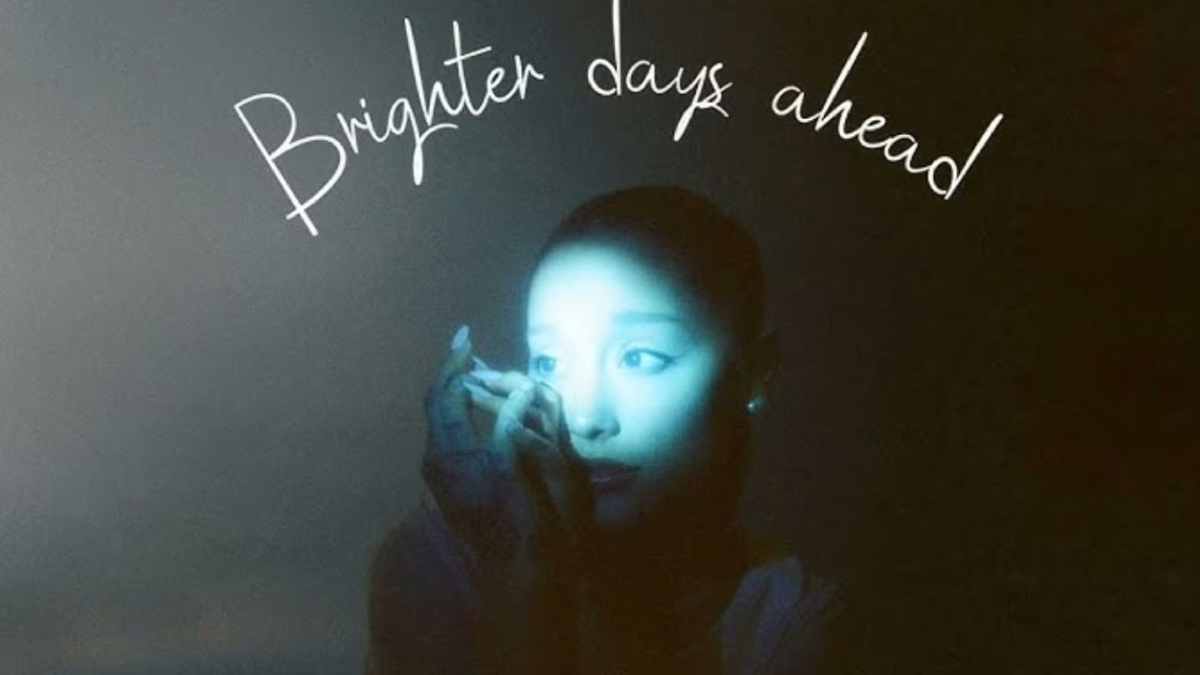High school can be a stressful experience for many teenagers. It sometimes feels like nobody outside of your tight circle can understand what you’re going through, and if even they can’t, you end up feeling truly alone. And that’s not mentioning the increasingly harder classes, intense sports schedules, and the extracurriculars you need to fill up your college applications.
But, it doesn’t have to be this way. This doesn’t have to be the default high school experience. And, fortunately for Monte Vista, there are people who have come to the same conclusion. Teachers Jennifer Mattinson and Rebecca White have come together to revive the Peer Counseling program as part of the solution to this.
It works like a version of talk therapy, where you schedule a meeting, and talk to a counselor about your issues as they guide you with questions, prompting you to better understand your situation. After your session, you’re welcome to come back at any time to speak to the same counselor if your issue persists. The difference from other counseling options on campus comes from the fact that these advisors are other students, which can help make it easier for them to open up on personal issues.
The Peer Counseling program is incredibly selective with these counselors. The application process includes essay questions, an interview with the teachers and seniors in the class, as well as recommendations from Monte Vista staff members. In fact, many counselors that are currently in the program were encouraged to join by their teachers, although others have found the class on their own, like Nyla Deepak, a junior who’s currently a part of the program.
“One of our classmates who’s also a peer counselor dropped her paper and I helped pick it up,” Deepak said. “I asked her what it was about and she told me about [the program] so I thought I would apply.”
After making it into the course, students must receive extensive training to prepare them for their sessions, which is much more unstructured and student driven than other classes.
“It’s very communal,” Mattinson said. “We do circles and really kind of have discussions. And, then they do a lot of roleplaying to practice the skills that I introduce.”
But, the training student counselors for the first time was not without a little bit of trial and error. In order to create a curriculum that best fit the needs of the school, this year, Mattinson, White, and the students in the program created the curriculum by incorporating syllabuses from different schools, counseling textbooks, and evidence-based practice, which is a combination of research findings and individual students’ experience. Notably, the students also received training in a special kind of service called Peer Intervention Education, where students learn about substance abuse and prevention.
One of the other core aspects of the Peer Counseling program is confidentiality. The privacy of the students who wish to utilize this program is taken very seriously, to the point where counselors can’t share information about the sessions to each other or even Mattinson or White. Sign-ups for the program are also kept private, so the only people who know that you’re coming in for a session are Mattison and your counselor for the day.
“We take confidentiality very seriously, there are consequences, and it just puts the whole program at risk,” junior Samantha Cerruti, another student counselor, said. “We discuss things that we could improve upon, but we don’t discuss what they came in for.”
In the long run, there are high hopes that this program will give students a new simple way to get the support they need.
“If someone actually has a problem down the line, and we’ve planted a seed that opened a door to mental health support, they are more likely to access it sooner than later,” White said. “So I would hope that anyone who’s even just curious, and they don’t have to open up, learn about the program and what’s available to them, because if they do need it later, it’ll be a lot easier to use if you’ve broken the ice once.”









